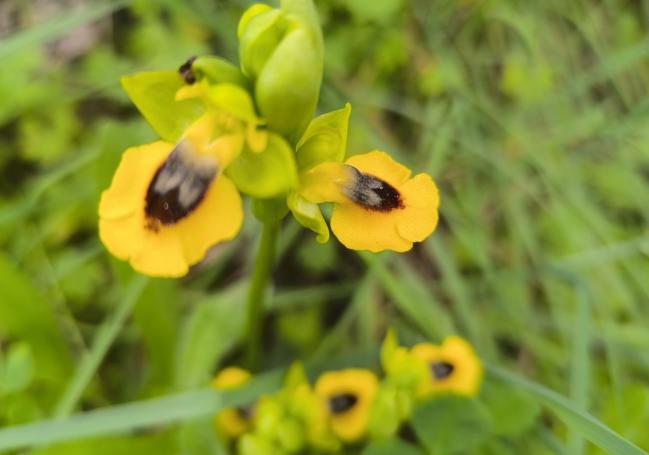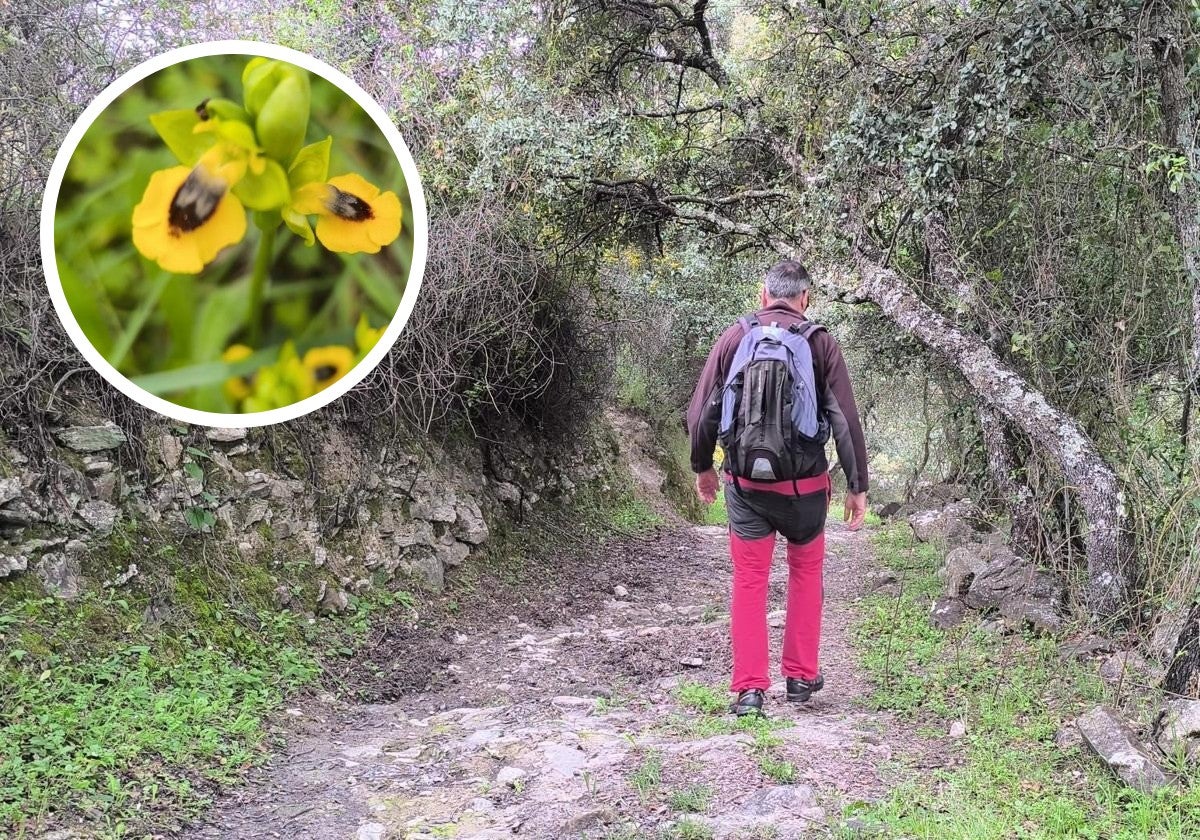Spring has sprung on the wild orchid trails in a Serranía de Ronda mountain village
These family-friendly routes run between Jimera de Líbar and the area surrounding its railway station and the banks of the Guadiaro river
There a is selection of paths that run between the white mountain village of Jimera de Líbar and Estación de Jimera in in the Serranía de Ronda and the Malaga province part of the Guadiaro valley.
-
Route info
Area: Serranía de Ronda
Municipality: Jimera de Líbar
Difficulty level: Low. It is possible to do short, linear routes, very simple and with little gradient, or to try to cover several of them by taking a circular path, which can be up to ten kilometres. In this case we have chosen an intermediate option, five kilometres of circular paths plus a linear section to the spring water source known as Las Artezuelas.
Type of route: Circular
Approximate duration: 1 hour and 45 minutes.
Length: 4.95 km
Minimum elevation: 381 metres
Maximum altitude: 509 metres
Nearby places of interest: Charco de la Llana, Charco de la Ermita, the spring source of Las Artezuelas, the old municipal washing place, the village fountain, Los Molinos, the hermitage of Nuestra Señora de la Salud and the church of El Rosario.
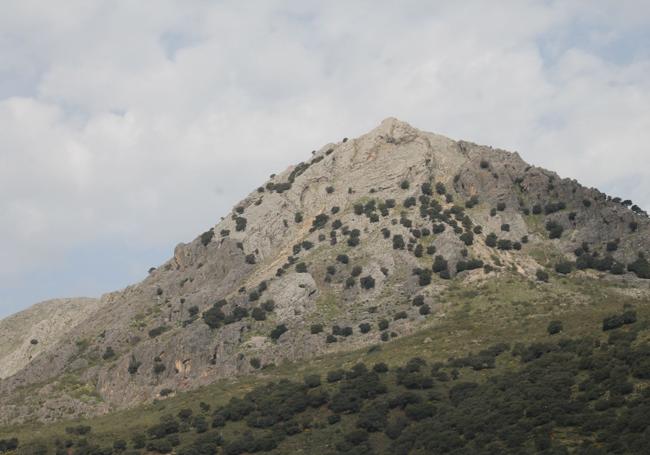
-
How to reach the trail start
To do this route you have to go to the village of Jimera de Líbar. There are several different options once inside the municipality to follow some of the different orchid trails. Our walk takes a circular route passing through La Dehesa path and the gully called El Olivar, which serve to link Jimera de Líbar with the Guadiaro river. To do both routes it is best to start from the old municipal washing place and the village fountain next to each other.
Circular trail
Circular path to Las Artezuelas
-
Route description
1From the site of the old municipal washing place and the Fuente de Jimera, take the road that leaves the village centre and joins the road to Atajate. It is only a few metres, however, until you turn right onto a wide lane that dips downhill, known as the Camino de la Dehesa (La Dehesa lane). Follow this until you take a path that turns off first to the right (1.3 kilometres from the starting point), after crossing the Atajate or Molinillo river, and then turn left along a narrow path (1.6 kilometres from the starting point). The latter path leads to the railway line (Ronda-Algeciras), which must be crossed over by means of a bridge that leads to the banks of the Guadiaro.

2Once you reach the river, you will have to head west (go right) so that the Guadiaro is on your left. Here awaits one of the most beautiful parts of this route, as you first pass by old mills that once made use of the power of the Guadiaro or its tributaries. Then you come to one of the most beautiful pools in this river, which descends with force in the middle of spring rains. Next to this pool, known as La Llana, there is a recreational area where you can rest and just enjoy the river.

3After resting in the recreational area of La Llana we will have to continue but, instead of continuing along the riverbank, we take a path that turns off to the right and leads to El Olivar - a natural gully or small ravine. On this uphill section you will walk alongside a stream that is a tributary of the Guadiaro. At first the stream will be on your left, but later you will have to cross it and it will be on your right. Finally, the path leads away from the stream along a cobbled path that links up with El Olivar.

4After reaching El Olivar, there is the option of linking up with another of the orchid walks, the Huertas path, or you can just finish this circular route a little further up at the entrance to the village, where you will arrive back at the starting point.
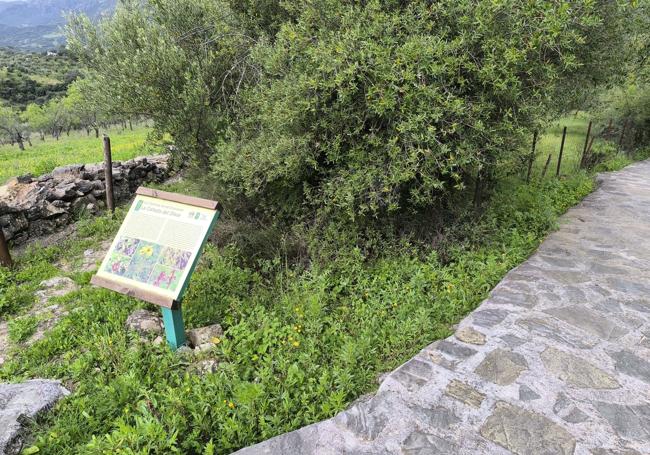
5As a good extra to be done before or after this walk, you could visit the Artezuelas spring, which is spectacular in springtime as long as it has rained well in the previous months. The best way to do this is to go on foot or by car to the small village of Estación with the railway station. To do so, take the MA-8307 road almost to the end. After crossing the bridge over the Guadiaro river, but before joining the road that connects Jimera with Cortes de la Frontera and Benaoján, turn off to the right and look for parking in the area. Then walk westwards with the Guadiaro on your right. First, go along the lane that is a residential area. Then, after passing one of the houses on a narrow path, you join a slightly wider path that runs parallel to the river until you reach Las Artezuelas, almost 1.5 kilometres from where you started.
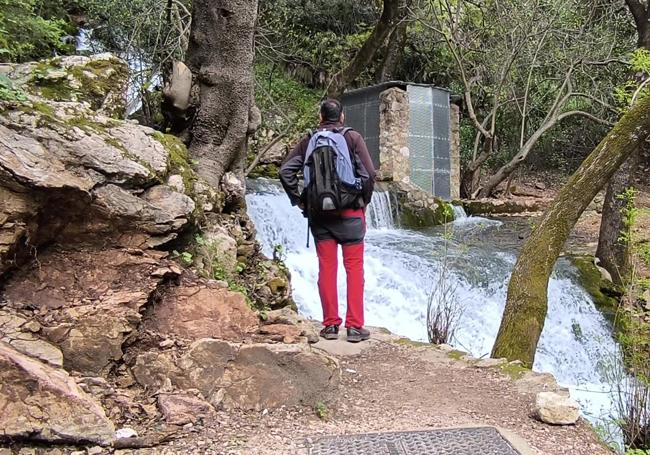
Flora and fauna
On these walks in this area different types of wild orchids can be seen at different times of the year. These rather special flowers are not to be found in large numbers, rather you will have to keep a close eye out for them as their main characteristic is to remain hidden amid other plants and grasses. Under no circumstances should they be touched or cut as they are highly protected species. Among those that can be seen in spring are Ophrys apifera (bee orchid), Ophrys bombyliflora (bumblebee orchid), Ophrys speculum (mirror orchid), Ophrys scolopax (woodcock bee orchid) and Ophrys lutea (yellow bee orchid). Furthermore, in terms of biodiversity, you can see both riverside areas and hillside woods, Mediterranean forest and traditional groves of olive and almond. Along the route you can also see different types of birds, including some birds of prey and even griffon vultures. To a lesser extent, you might catch sight of some mammals, including deer, as well as reptiles and amphibians like the fire salamander (salamandra salamandra).
